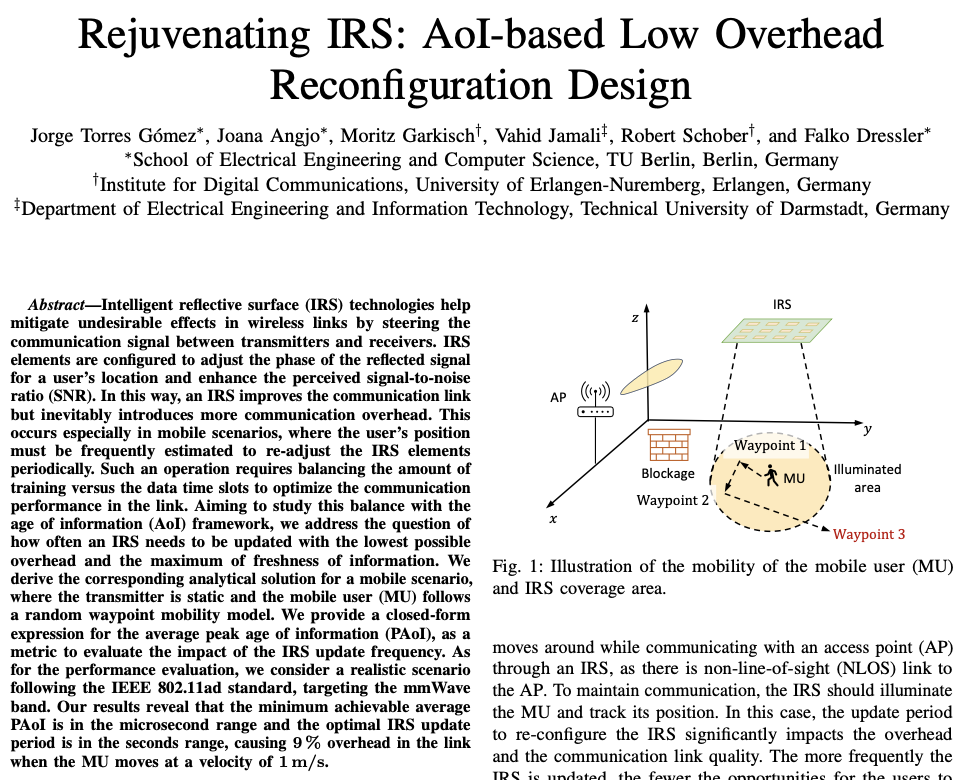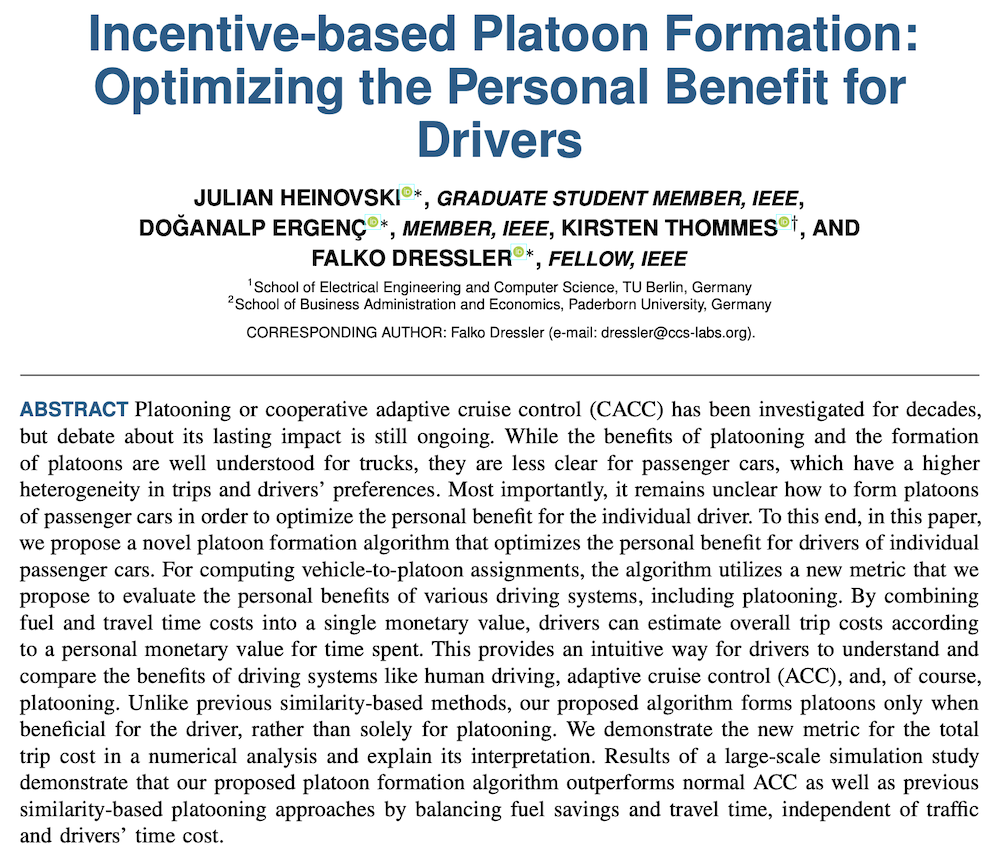Literature Database Entry
dressler2007self-organization
Falko Dressler, "Self-Organization in Autonomous Sensor/Actuator Networks," Tutorial, 15. GI/ITG Fachtagung Kommunikation in Verteilten Systemen (KiVS 2007), Bern, Switzerland, February 26, 2007.
Abstract
In this tutorial, we will discuss self-organization principles and mechanisms focusing on sensor/actuator networks as an example. Self-organization in technical systems has become a major research issue in the last couple of years. Especially in the areas of autonomous systems and communication networks, there was some remarkable progress in building small and simple components that are collectively used in a much larger context to solve complex tasks. We will study the primary self-organization mechanisms including reduced state operations, positive and negative feedback loops, and probabilistic techniques. Targeted issues include scalability, energy efficiency, security, and quality of service support. Often, self-organization is discussed in the context of bio-inspiration. We will also distinguish these terms and de-mystify their meanings.
Quick access
Contact
BibTeX reference
@misc{dressler2007self-organization,
author = {Dressler, Falko},
title = {{Self-Organization in Autonomous Sensor/Actuator Networks}},
howpublished = {Tutorial},
publisher = {15. GI/ITG Fachtagung Kommunikation in Verteilten Systemen (KiVS 2007)},
location = {Bern, Switzerland},
day = {26},
month = {02},
year = {2007},
}
Copyright notice
Links to final or draft versions of papers are presented here to ensure timely dissemination of scholarly and technical work. Copyright and all rights therein are retained by authors or by other copyright holders. All persons copying this information are expected to adhere to the terms and constraints invoked by each author's copyright. In most cases, these works may not be reposted or distributed for commercial purposes without the explicit permission of the copyright holder.
The following applies to all papers listed above that have IEEE copyrights: Personal use of this material is permitted. However, permission to reprint/republish this material for advertising or promotional purposes or for creating new collective works for resale or redistribution to servers or lists, or to reuse any copyrighted component of this work in other works must be obtained from the IEEE.
The following applies to all papers listed above that are in submission to IEEE conference/workshop proceedings or journals: This work has been submitted to the IEEE for possible publication. Copyright may be transferred without notice, after which this version may no longer be accessible.
The following applies to all papers listed above that have ACM copyrights: ACM COPYRIGHT NOTICE. Permission to make digital or hard copies of part or all of this work for personal or classroom use is granted without fee provided that copies are not made or distributed for profit or commercial advantage and that copies bear this notice and the full citation on the first page. Copyrights for components of this work owned by others than ACM must be honored. Abstracting with credit is permitted. To copy otherwise, to republish, to post on servers, or to redistribute to lists, requires prior specific permission and/or a fee. Request permissions from Publications Dept., ACM, Inc., fax +1 (212) 869-0481, or permissions@acm.org.
The following applies to all SpringerLink papers listed above that have Springer Science+Business Media copyrights: The original publication is available at www.springerlink.com.
This page was automatically generated using BibDB and bib2web.







